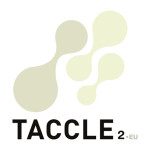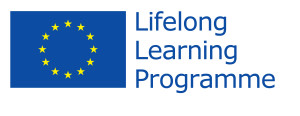Lesson plan from Italy… The students are brought to a sports field situated near the school. They are invited to observe and take a picture of a blade of grass which grew on the surface of the field. They notice the dimensional features of the blade of grass in respect to the size of the Full Article…
Lead Balloon
Ease **** Overview Learners will further develop their understanding of gravity by comparing weight measurements here on Earth with those on other worlds in our solar system. Learners will be asked to publish a report on their findings. Description Review what learners already know about gravity. You may wish to have them investigate Newton’s biography Full Article…
How big is it? (Line and path maths)
Estimating is an essential skill in maths and science and one that is actually threatened by the continued use of calculators and digital measuring instruments. Turn the tables and use the Line and Path measurement tools on Google Earth (click on the ruler on the top bar) to estimate distances and areas. Find a regular Full Article…
Make a map
Google maps allows you to pin notes, links and comments to places so instead of writing a worksheet you could create a work map. You’ll need a Google account before you can get started, you can sign up here. On the Google maps site click on “My Maps” and then “Create Map” you can then Full Article…
Line and Path Maths
Age: 9 -12yrs Ease **** Overview Google Earth has been around for some time but it continues to offer opportunities for great cross-curricular teaching and learning. Here, we used the the Line and Path measurement tools to find distances that are challenging to measure. For ease of writing, Google Earth is sometimes referred to as Full Article…
Line and path maths in primary
Quentin D’Souza on TeachingHacks.com says “Use the Line and Path measurement tools to find distances that are challenging to measure.” I have used this in maths with an extra bit. Find a regular shaped feature on a map – say a football pitch – and ask children to measure it using the line and path function. Full Article…





 English
English Nederlands
Nederlands Deutsch
Deutsch Italiano
Italiano Español
Español Português
Português Română
Română Cymraeg
Cymraeg